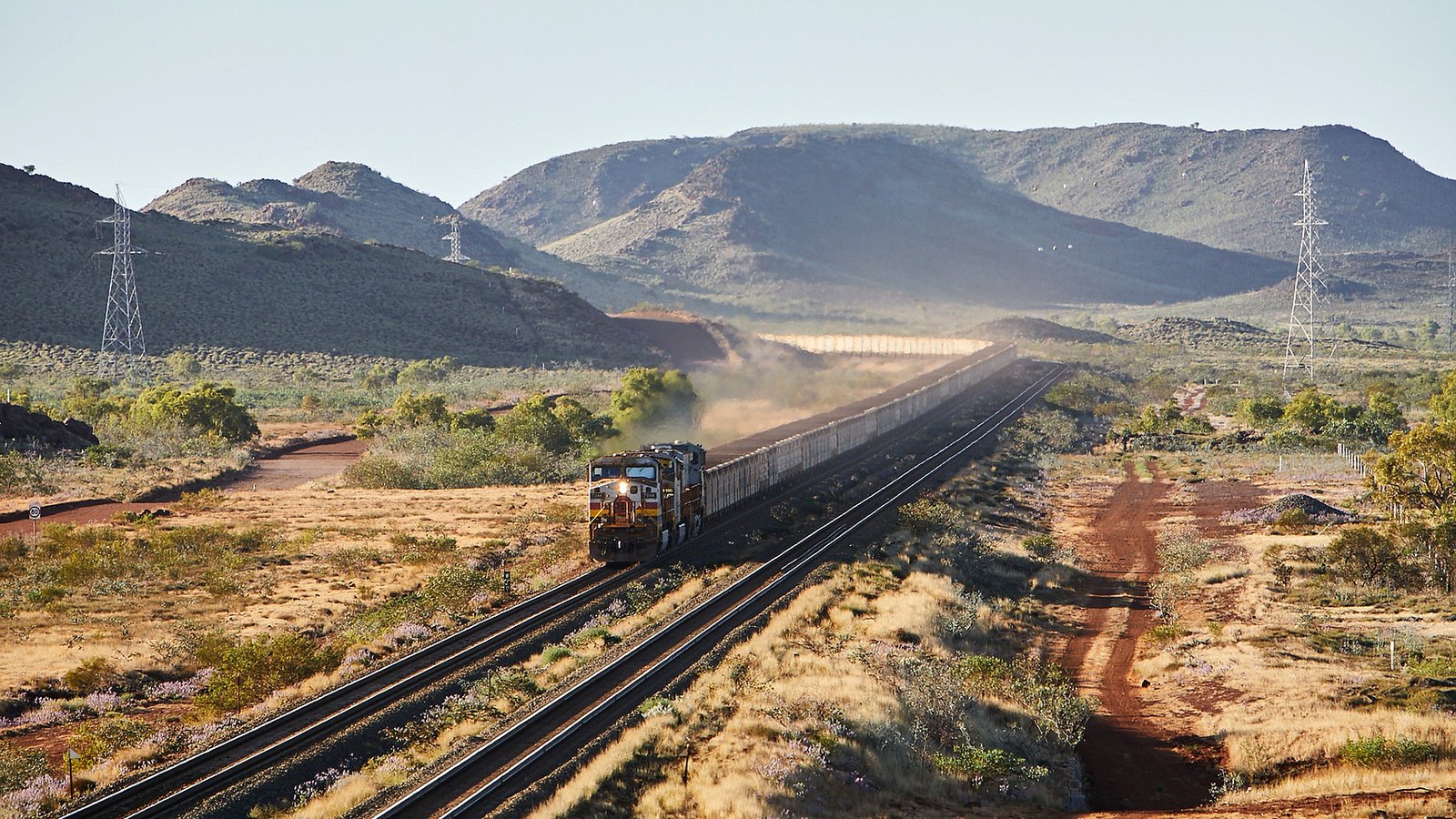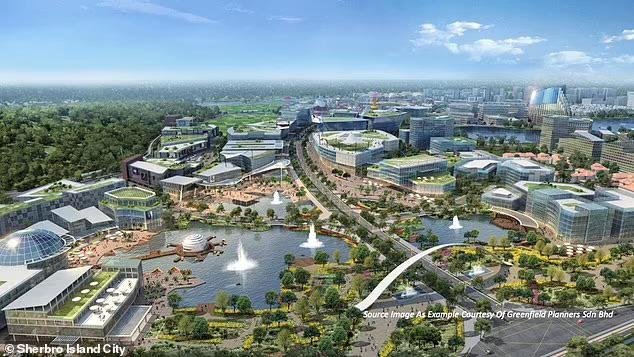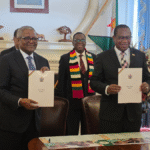In 2013, the African Union heads of state and government pledged the development of a continental agenda to the year 2063. Africa has come a long way from the 1980 Lagos Plan of Action to the new Partnership for Africa’s Development to Agenda 2063 and the Africa we want all lead to the common vision of a single Africa continental free trade market. Connecting the continent with the Africa integrated high-speed railway network could not come at a better time. Developing African infrastructure will play a vital role in Agenda 2063 by stimulating physical consolidation as well as social and economic development in African countries. Agenda 2063 encompasses 12 flagship projects including the African integrated high-speed railway network.
Using the latest in railway technology, the network is expected to be a key driver of economic development on the continent, connecting landlocked countries and regions to ports, African capitals, special economic zones and industrial hubs. The Continental Railway Network Project will complement the sister Trans-Africa Highway Network Project of PETA and other development aspiration frameworks, enabling Africa to realize its transformation as enshrined in Agenda 2063. Most railways in Africa today exist within national borders.
To complicate matters, these railways were built of different gauges so that the trains could not transfer from one line to another. A lack of efficient railway connectivity has led to higher costs as well as longer, unreliable and riskier transportation compared to the rest of the world. As a result, Africans pay higher prices for goods and their exports are less competitive. The net impact of less connectivity is reduced intra-Africa trade under developed manufacturing, agriculture and mineral extraction, and an over-reliance on the world for imports and exports. And Africa pays one of the highest transportation costs.
One of the key decisions of the AU is the planned introduction of the African Union Passport, a game-changer which will pave the way for Africans to move freely. But railways are experiencing a renaissance in Africa. New networks are physically connecting countries, lowering costs and transit times, while improving travel services for passengers and the delivery of goods. In 2018, Morocco built 323 km of high-speed railway between Casablanca and Tangier.
With speeds as high as 320 km per hour, the line is the first of the Trans-Maghreb High-Speed Railway project to link Morocco, Algeria and Tunis. Kenya’s Mombasa-Nairobi Standard Gauge Railway has quickly become a central conduit for freight and passengers in East Africa. Nigeria’s Lagos-Kano Line is quickly developing. Once complete, the line will become a key link to landlocked Chad and Niger, among others. Landlocked Ethiopia has gained access to the sea with the construction of the Addis Ababa-Djibouti Railway. The Addis Ababa-Djibouti Railway is the first of several planned for the region high-speed railway network.
Tanzania and Rwanda’s Standard Gauge Railway Project, one of the proposed regional pilots of the integrated high-speed railway network, serves key hubs along the central corridor. Construction is well underway between Dar es Salaam and Morogoro. South African president recently announced his commitments to developing a bullet train by interconnecting its megacities as part of the national development program. It is an opportunity for Southern Africa to benefit from the Continental Railway Development Initiative. Full development of the African Integrated High-Speed Railway Network Master Plan will deliver a continental network of rail links.
The network’s four main objectives are aimed at economically and physically integrating the continent. Firstly, the network will connect the 16 landlocked countries in Africa to major seaports and neighboring countries. Secondly, the network will establish interoperability of railways across different regions of the continent, providing seamless transport. Thirdly, the network will establish east-west and north-south land bridges, offering shorter alternative to marine transport. By connecting capitals and economic hubs, the network will drive economic growth and boost intra-African free trade, helping to eradicate poverty by lowering prices on goods and transport costs.
The plan is on its way to meeting the first three objectives by 2033. By 2043, all four objectives will be met and the network will be complete, connecting the remaining political and economic capitals. The master plan railway links have been analysed and prioritised. The Dar es Salaam-Kigali link, combined with the Kampala-Kigali-Bujumbura, as well as the Gabaroni-Walvis Bay, have been identified as pilots for accelerated development. In addition, ten others have been identified as priority projects and will be subjected to feasibility assessment as soon as possible.
Railways are being developed throughout the continent. To realize the African Integrated High-Speed Railway Network Master Plan, visionary leadership is needed. It is critical to look beyond national and regional borders to realize the benefits of linking the lines and providing connectivity to landlocked countries and hinterland regions. Only then will the benefits flow to all Africans. It will take leaders with a true passion and vision for all of Africa to make the continent great. Africa’s largely isolated regions must be transformed into an interconnected continent with free movements of people, goods and services. Africa’s freight cost must no longer be the highest in the world, making us more competitive while reducing prices for consumers. And Africa’s citizens must have access to easier and more affordable travel beyond their borders.
The African Integrated High-Speed Railway Network is poised to deliver all of this. It will bring economic growth through increased trade, increased production, competitive prices, and greater affordability within Africa. It will open up regions of the continent to new resources, producers, markets, and ideas. It will accelerate the movement of people across borders, driving innovation, entrepreneurship, and cooperation across the continent. The African Integrated High-Speed Railway Network is central to the Africa Agenda 2063 and will be key to building the new Africa, the Africa we want, with regional integration, peace and prosperity for all, for the next 50 years and beyond with regional integration. It always seems impossible until it’s done.









